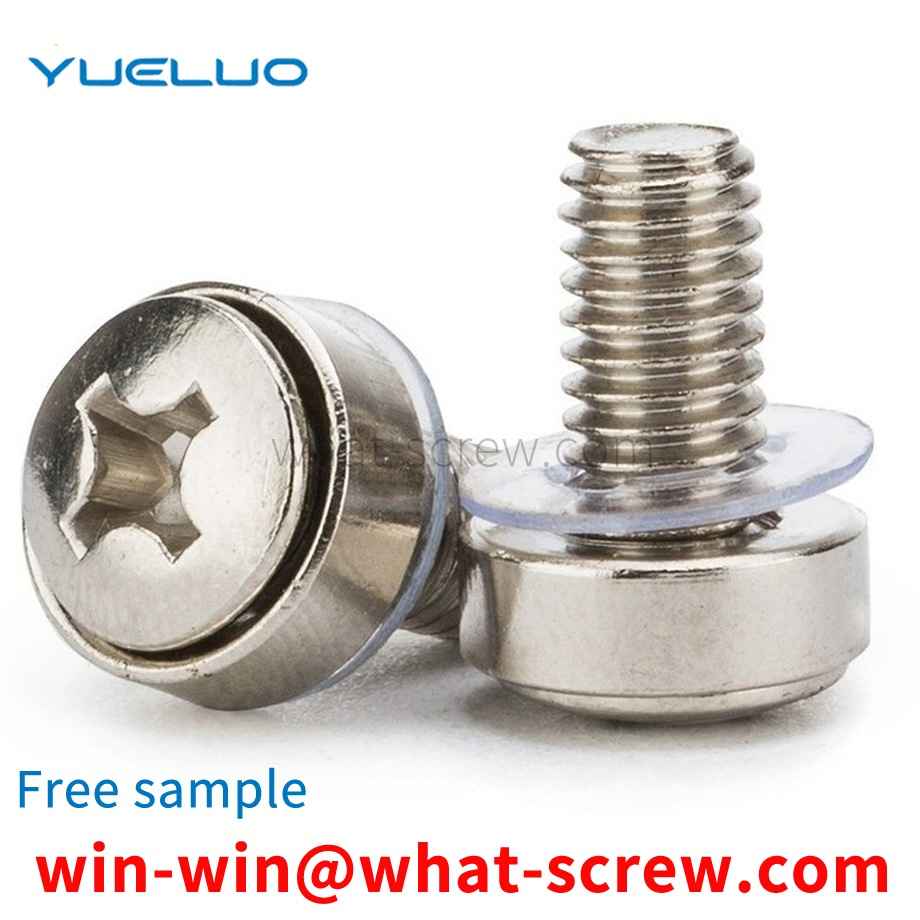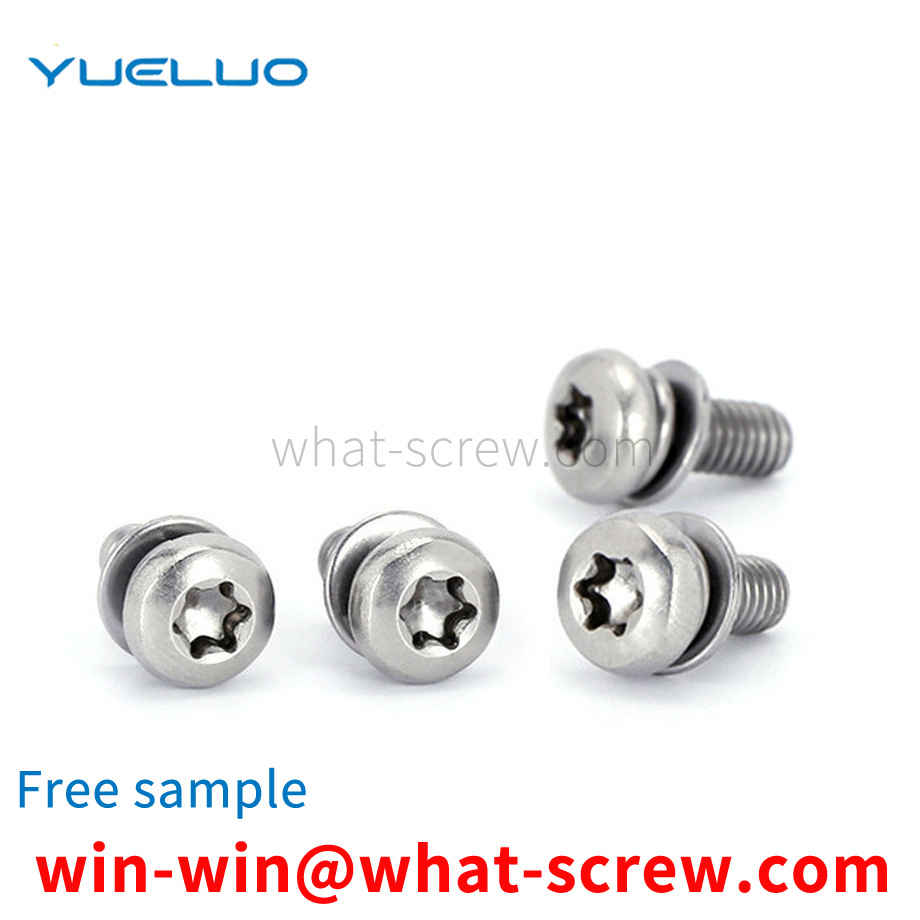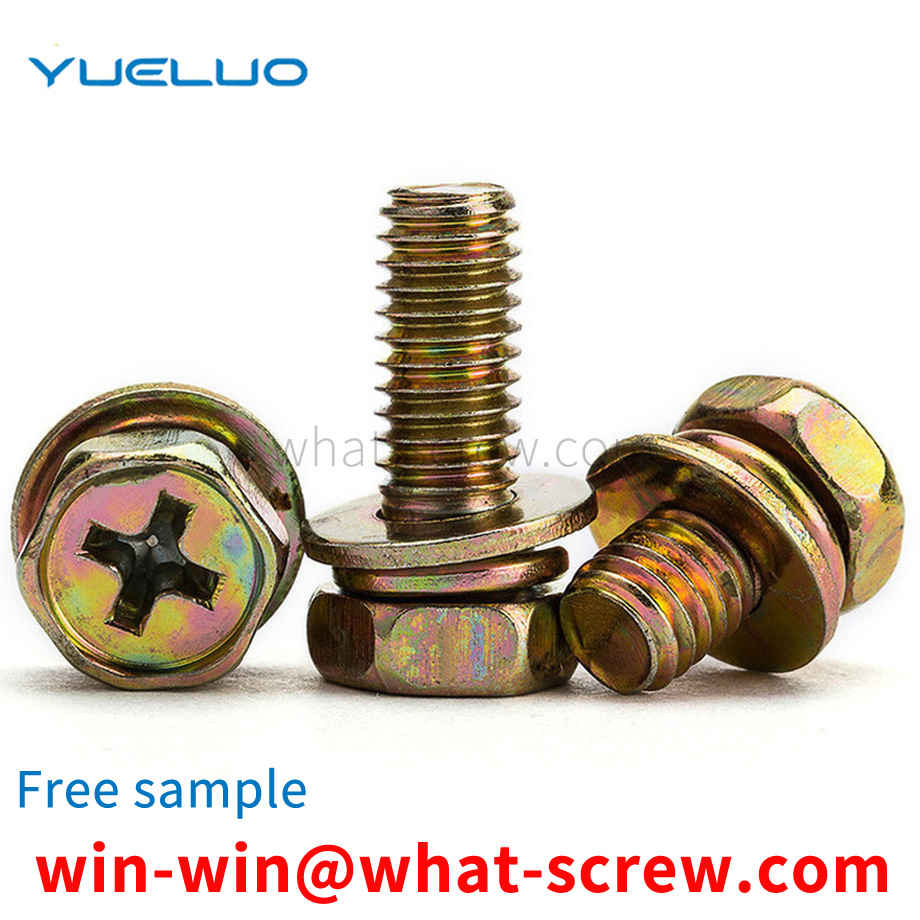What is the tolerance range of precision screws?
What is the tolerance range of precision screws?
Service Hotline
+86760-8787 8587We have more than ten years of production experience in the screw industry, the main products are: small outer diameter blind hole nuts, spot welding screws, decorative black, hand-tightened long screws, white zinc plated nuts, small nail bolts, A hexagon nuts, set full flat Spring washer combination ISO7380, mechanical hand wheel inspection tool drying net, iron plate nut, hand-tightened copper nut gong nut, JISB1111 screw, nameplate rivet, countersunk head cross stainless steel screw, round head screw and other fasteners, due to product materials and specifications There are different prices, please contact us if necessary.


In another embodiment of Guangdong Yueluo Hardware Industry Co., Ltd., the slotting device 4 includes a motor 41 and a motor 43, the cutting wheel 42 is fixedly arranged at the output end of the motor 41, and the motor 41 drives the cutting wheel 42 to rotate to open the screw. slot, the motor 43 is fixedly arranged on the workbench 1, the motor 41 is arranged on the motor 43, a track 47 is arranged between the motor 41 and the motor 43, the motor 41 can reciprocate through the track 47, and when the screw is slotted, the motor 41 drives the cutting wheel 42 to move in the direction of the screw. When the slotting is finished, the motor 41 drives the cutting wheel 42 to retract. The fixed wheel 48 is arranged at the output end of the motor 43. The fixed wheel 48 is located directly below the cutting wheel 42. The surface of the middle screw is in contact, and the motor 43 drives the fixed wheel 48 to rotate to grind and polish the surface of the slotted screw to make the surface smooth. Preferably, the direction of rotation of the cutting wheel 42 and the fixed wheel 54 is opposite.

Yueluo Guangdong Yueluo Hardware Industry Co., Ltd. provides a rivet-oriented positioning riveting tool to overcome the shortcomings of the existing technology. The rivet is placed on the tool, and then placed in the riveting machine together with the product for riveting. In the same way, the scrap rate is reduced and the production efficiency is greatly improved. In order to achieve the above purpose, a rivet guide positioning riveting tool is designed, which includes a riveting positioning block and a riveting lower die, which is characterized in that a riveting positioning block is arranged above the riveting lower die. The riveting positioning block includes a positioning pin and a rivet yielding hole, a through hole is arranged in the center of the riveting positioning block, a rivet hole is arranged on one side of the through hole, and a number of positioning pins are arranged on the riveting positioning block around the through hole. . There are five positioning pins. The riveting lower die includes a countersunk head screw hole, a rivet guide block and a positioning hole. The riveting lower die is a stepped module. The left side of the riveting lower die is provided with a countersunk head screw hole, and the right side of the riveting lower die is provided with a countersunk head screw hole. The guide block is provided with several positioning holes on the riveting lower die located in front of the guide block. There are two positioning holes. The center of the guide block is provided with an escape hole. Compared with the existing technology, Guangdong Yueluo Hardware Industry Co., Ltd. has a rivet-oriented positioning riveting tooling. The rivets are placed on the tooling, and then placed in the riveting machine together with the product for riveting, which solves the problem of manual knock-in. The efficiency is low, and the riveting can be riveted without deviation without manual righting during riveting, so that the quality of the products produced is the same, the scrap rate is reduced, and the production efficiency is greatly improved.


The quality of electroplating is measured primarily by its corrosion resistance, followed by appearance. Corrosion resistance is to imitate the working environment of the product, set it as the test condition, and perform a corrosion test on it. The quality of electroplating products shall be controlled from the following aspects: 1. Appearance: Partial uncoated, scorched, rough, gray, peeling, crusted, and obvious stripes are not allowed on the surface of the product, and pinholes, pitting, and black plating are not allowed. Slag, loose passivation film, cracks, peeling off and serious passivation marks. 2. Coating thickness: The operating life of fasteners in corrosive atmosphere is proportional to its coating thickness. The general recommended thickness of economical electroplating coating is 0.00015in ~ 0.0005in (4 ~ 12um). Hot-dip galvanizing: the standard average thickness is 54 um (43 um for diameter ≤ 3/8), and the minimum thickness is 43 um (37 um for diameter ≤ 3/8). 3. Coating distribution: With different deposition methods, the aggregation method of the coating on the surface of the fastener is also different. During electroplating, the coating metal is not uniformly deposited on the peripheral edge, and a thicker coating is obtained at the corners. In the threaded portion of the fastener, the thickest coating is located on the thread crest, gradually thinning along the flank of the thread, and the thinnest deposit is at the bottom of the thread, while hot dip galvanizing is just the opposite, the thicker coating is deposited on the inside corners and On the bottom of the thread, mechanical plating tends to deposit the same metal as hot-dip plating, but is smoother and has a much more uniform thickness over the entire surface [3]. 4. Hydrogen embrittlement: During the processing and processing of fasteners, especially in the pickling and alkali washing before plating and the subsequent electroplating process, the surface absorbs hydrogen atoms, and the deposited metal coating then traps hydrogen. When the fastener is tightened, the hydrogen is transferred towards the most stressed parts, causing the pressure to build up beyond the strength of the base metal and producing microscopic surface cracks. Hydrogen is particularly active and quickly seeps into the newly formed fissures. This pressure-rupture-penetration cycle continues until the fastener breaks. Usually occurs within a few hours after the first stress application. To eliminate the threat of hydrogen embrittlement, fasteners are heated and baked as soon as possible after plating to allow hydrogen to seep out of the plating, typically at 375-4000F (176-190C) for 3-24 hours. Since mechanical galvanizing is non-electrolyte, this virtually eliminates the threat of hydrogen embrittlement, which exists in galvanizing using electrochemical methods. In addition, due to engineering standards, it is forbidden to hot-dip galvanize fasteners with hardness higher than HRC35 (Imperial Gr8, metric 10.9 and above). Therefore, hydrogen embrittlement rarely occurs in hot-dip plated fasteners. 5. Adhesion: Cut or pry off with a solid tip and considerable pressure. If, in front of the blade tip, the coating peels off in flakes or skins, exposing the base metal, the adhesion shall be considered insufficient.

A nut is a nut, a part that is screwed together with a bolt or screw for fastening. A component that must be used in all production and manufacturing machinery is divided into carbon steel, stainless steel, non-ferrous metals (such as copper), etc. several types.

The above content is uploaded by Yueluo or the Internet. If there is any copyright issue, please contact [email protected].

What is the tolerance range of precision screws?

How to choose the right stainless steel screw manufacturer?

Why is there an R angle under the head of the hexagon head s...

We have more than ten years of production experience in the ...

We have more than ten years of production experience in the ...

We have more than ten years of experience in screw industry ...

We have more than ten years of production experience in the ...